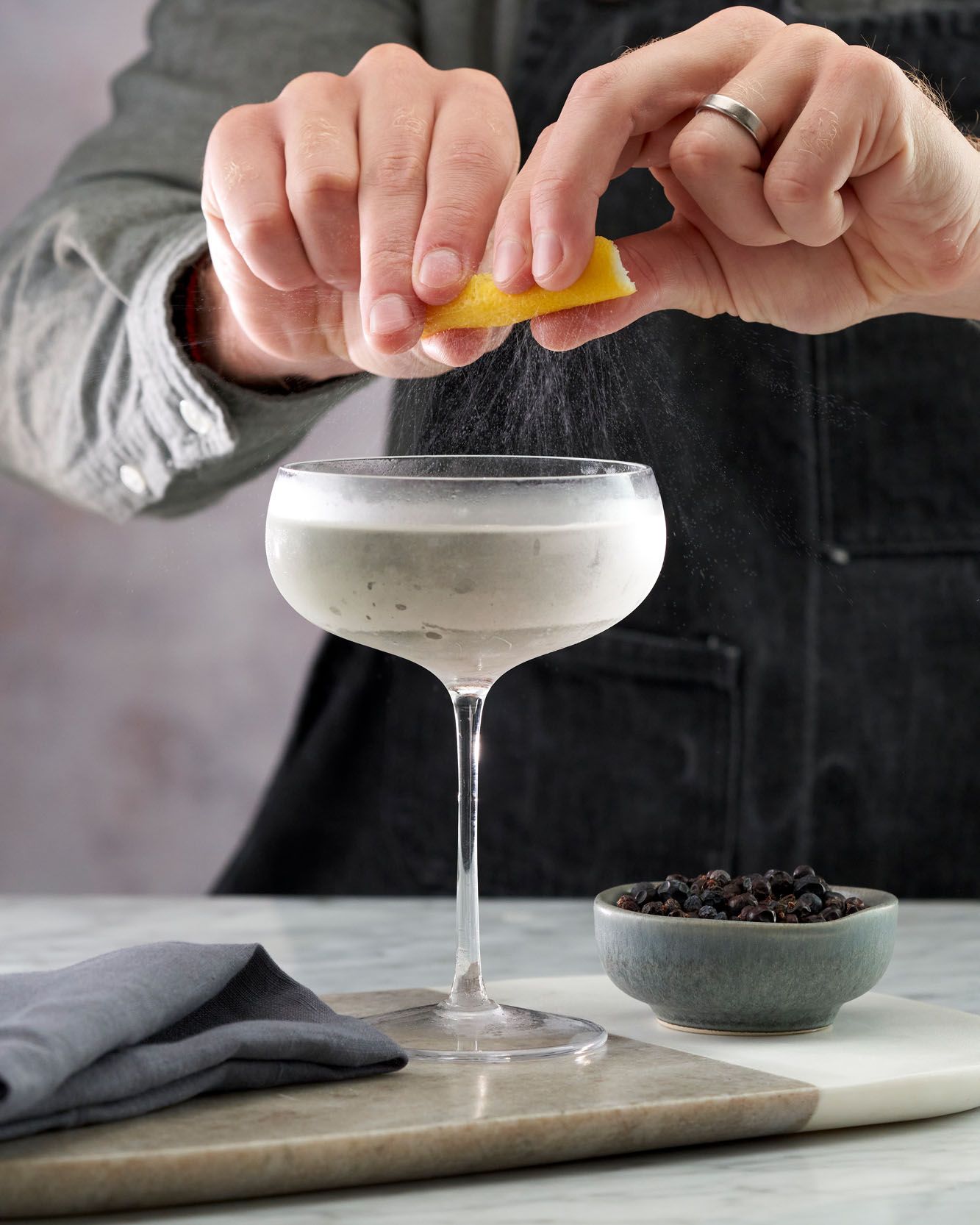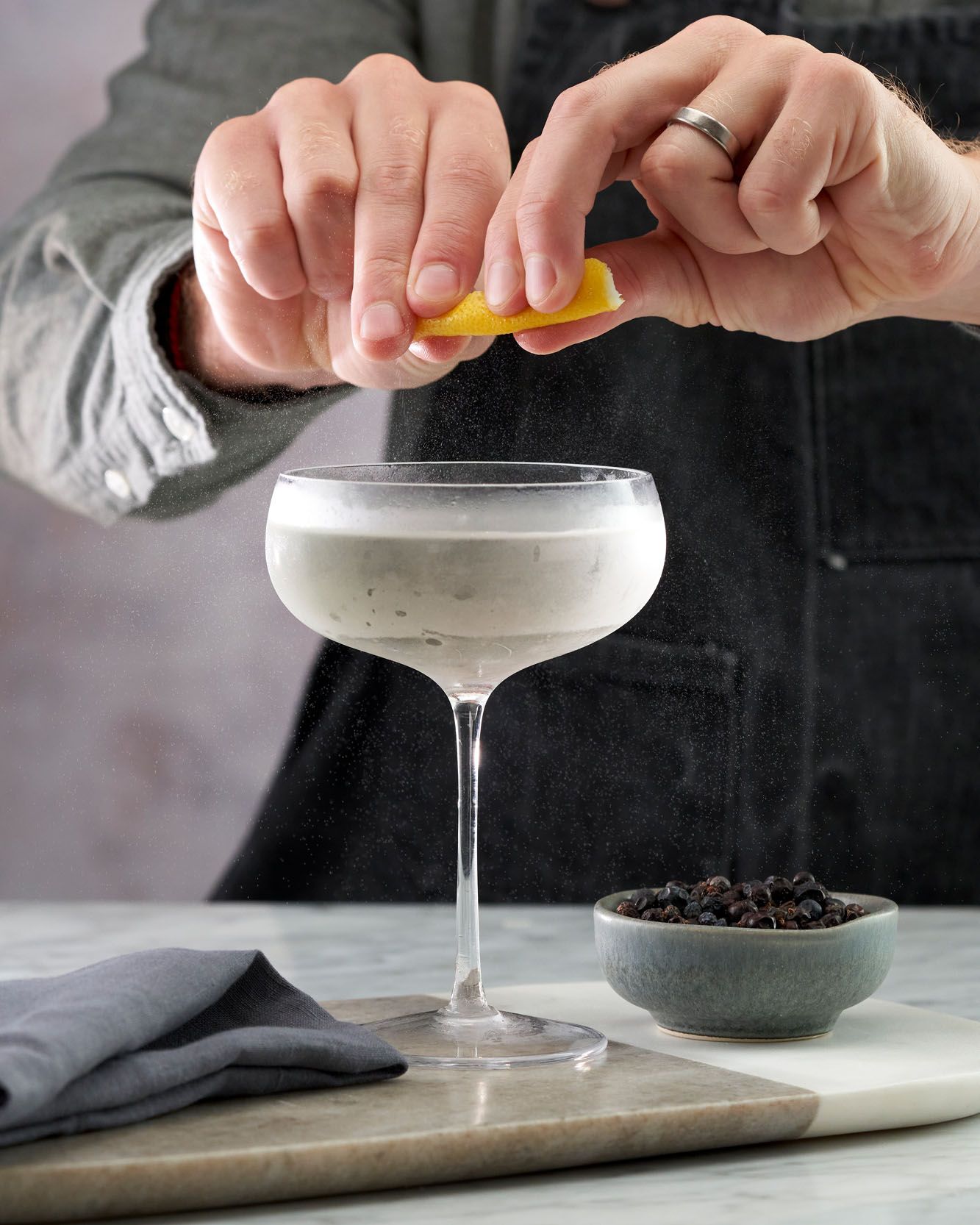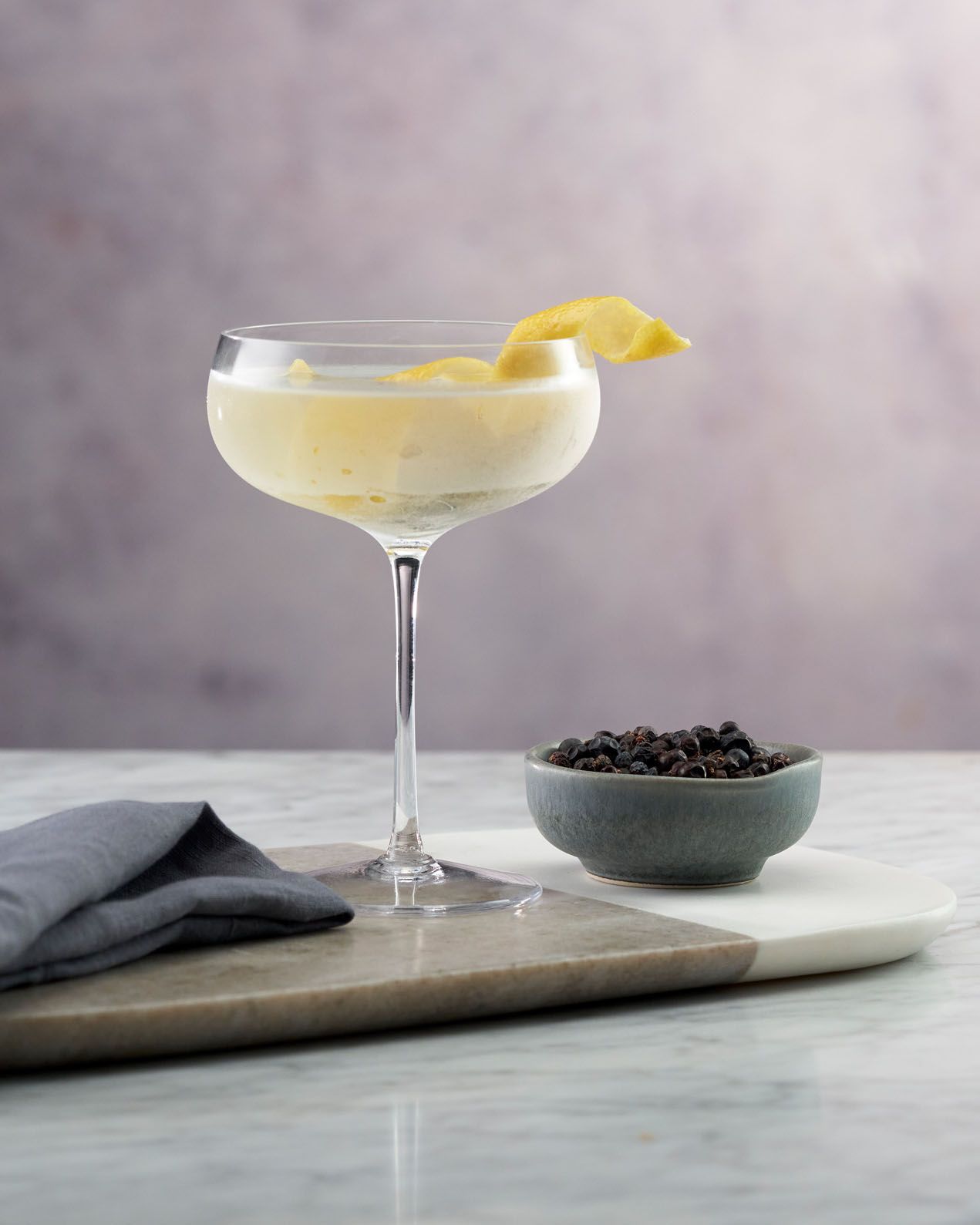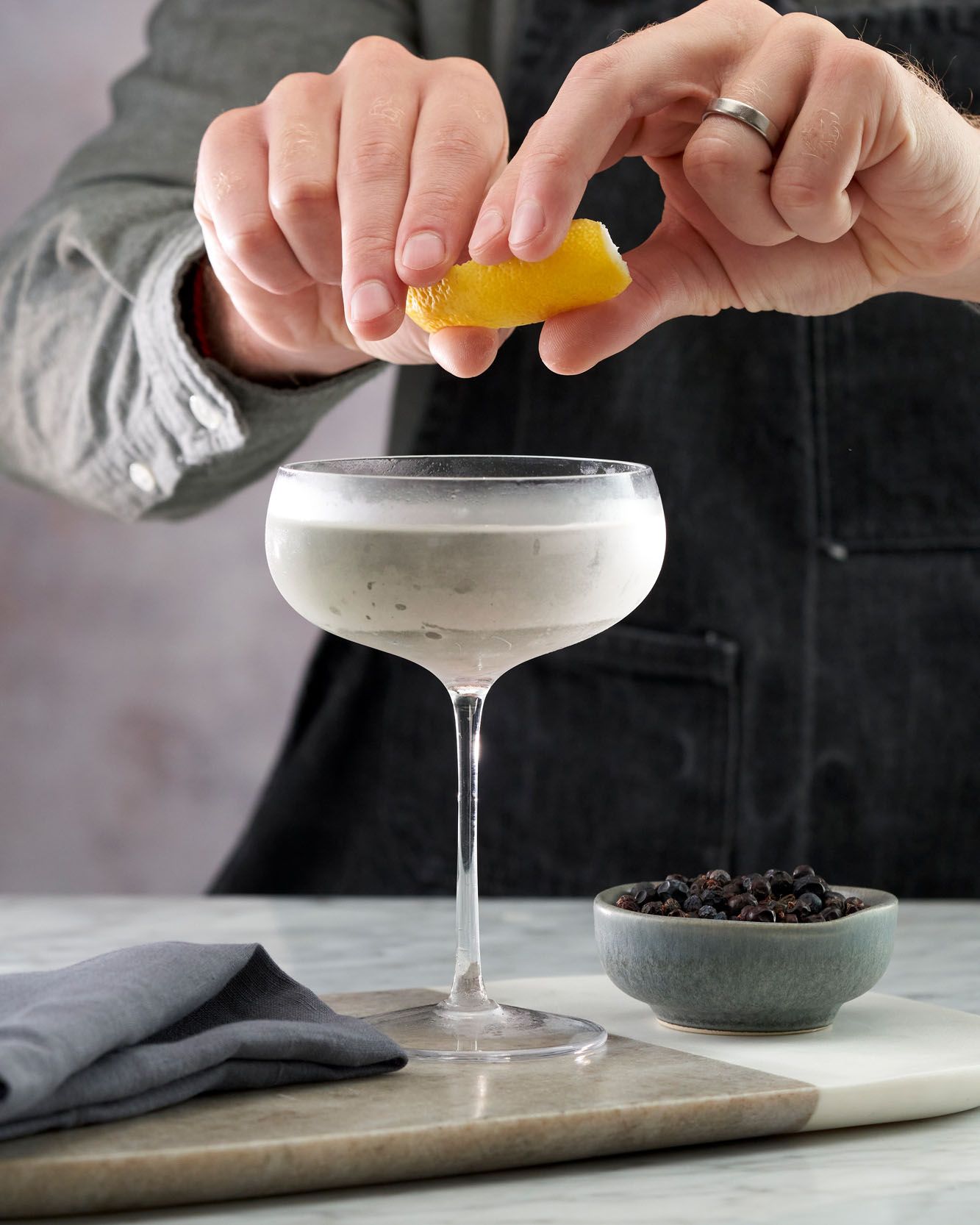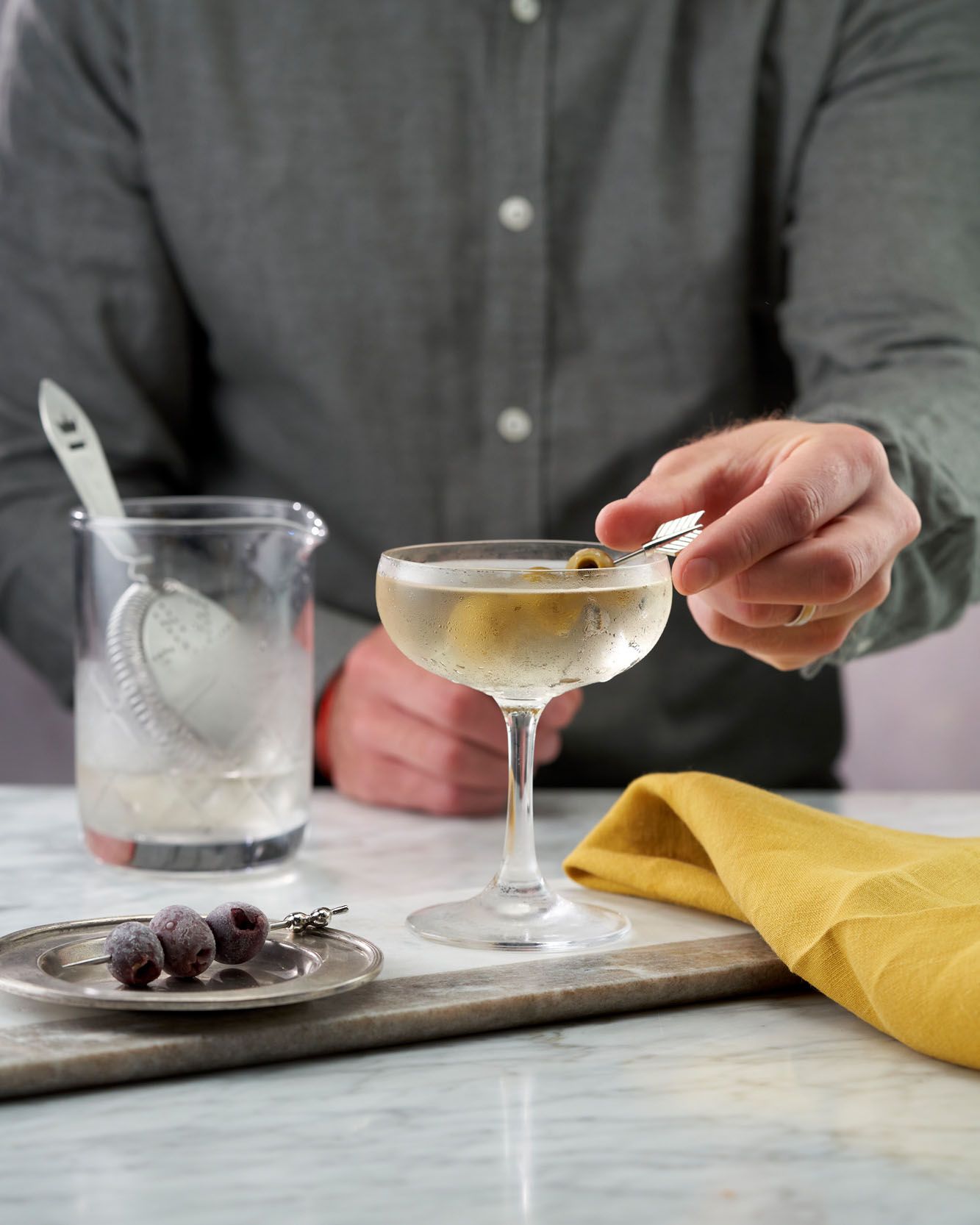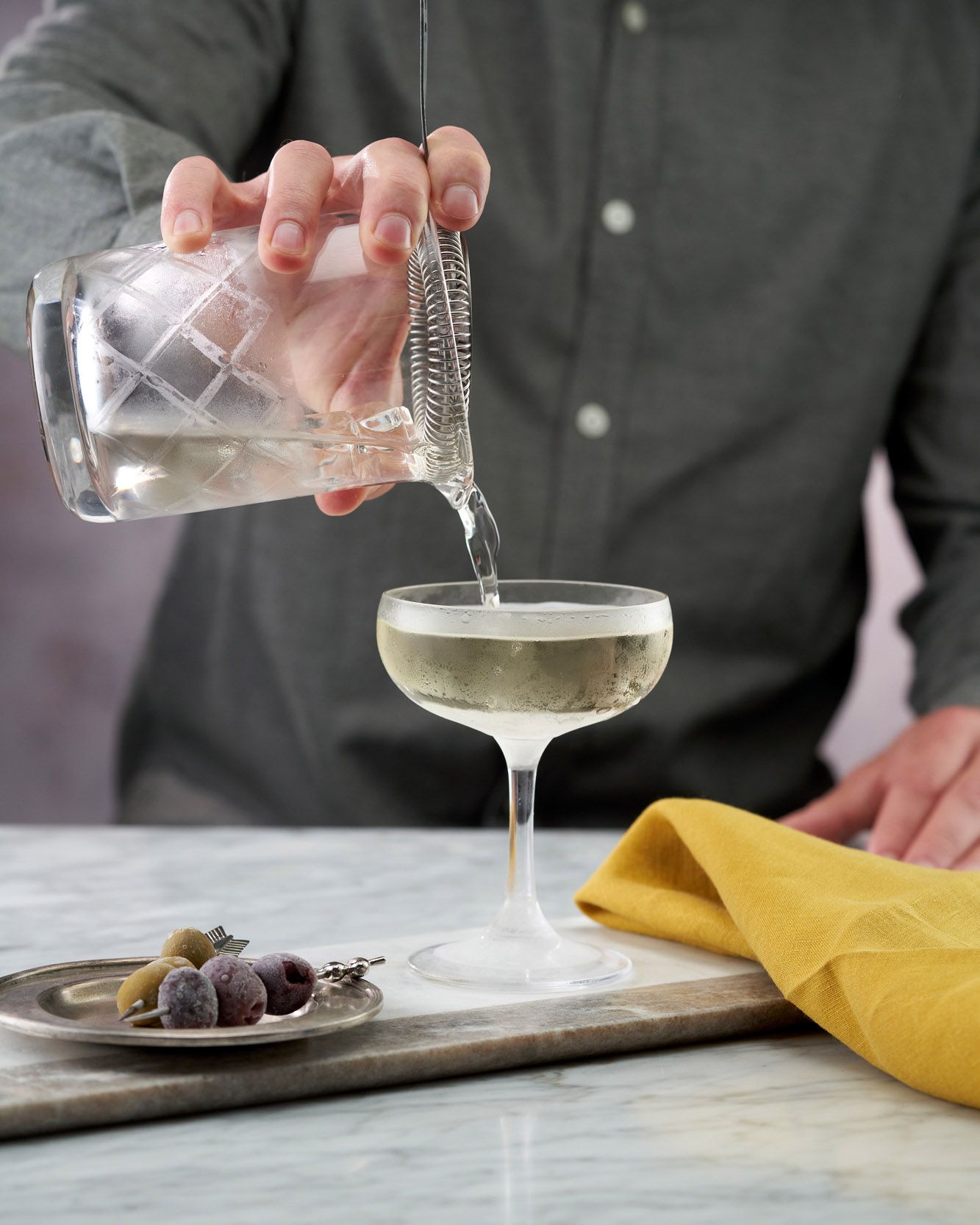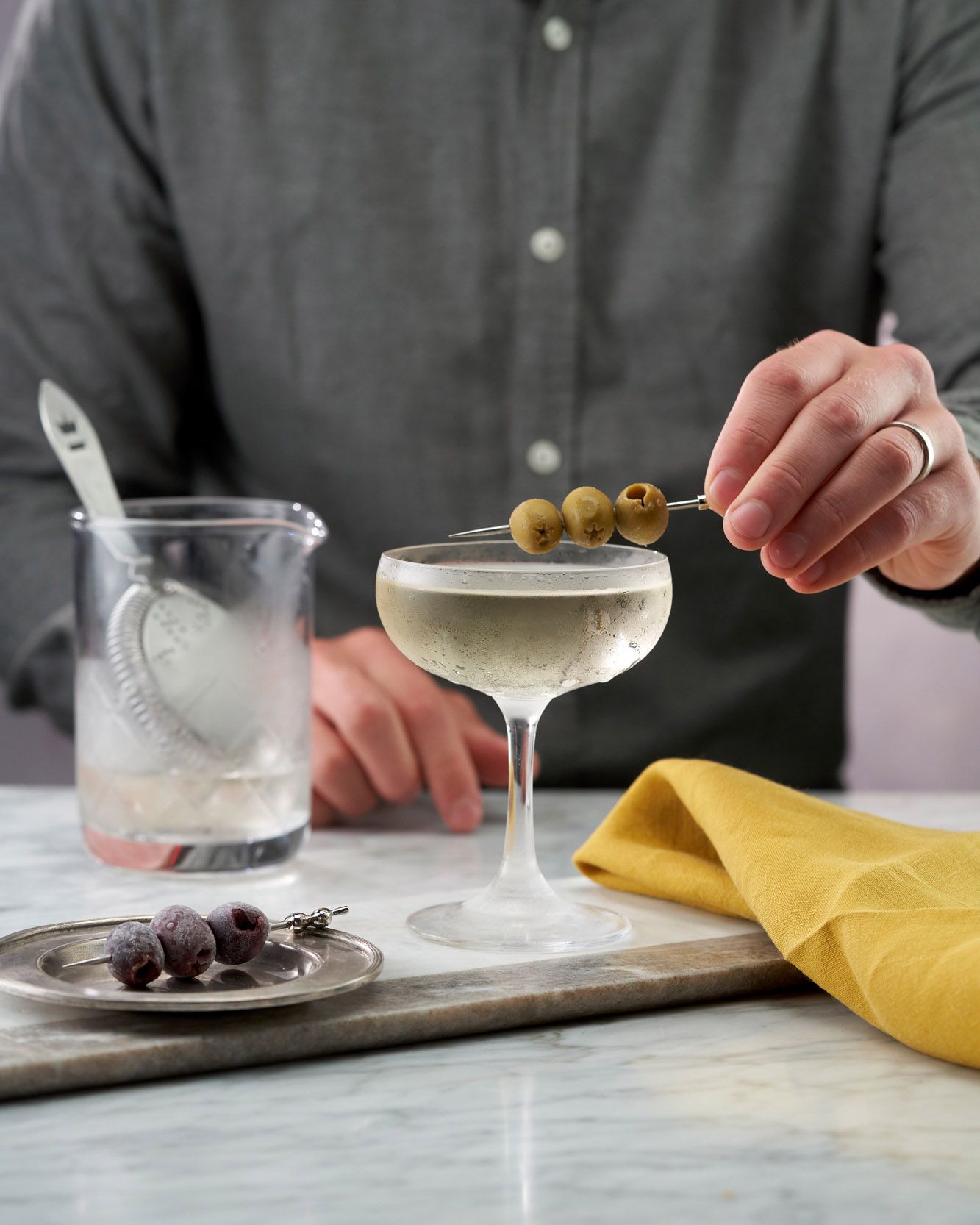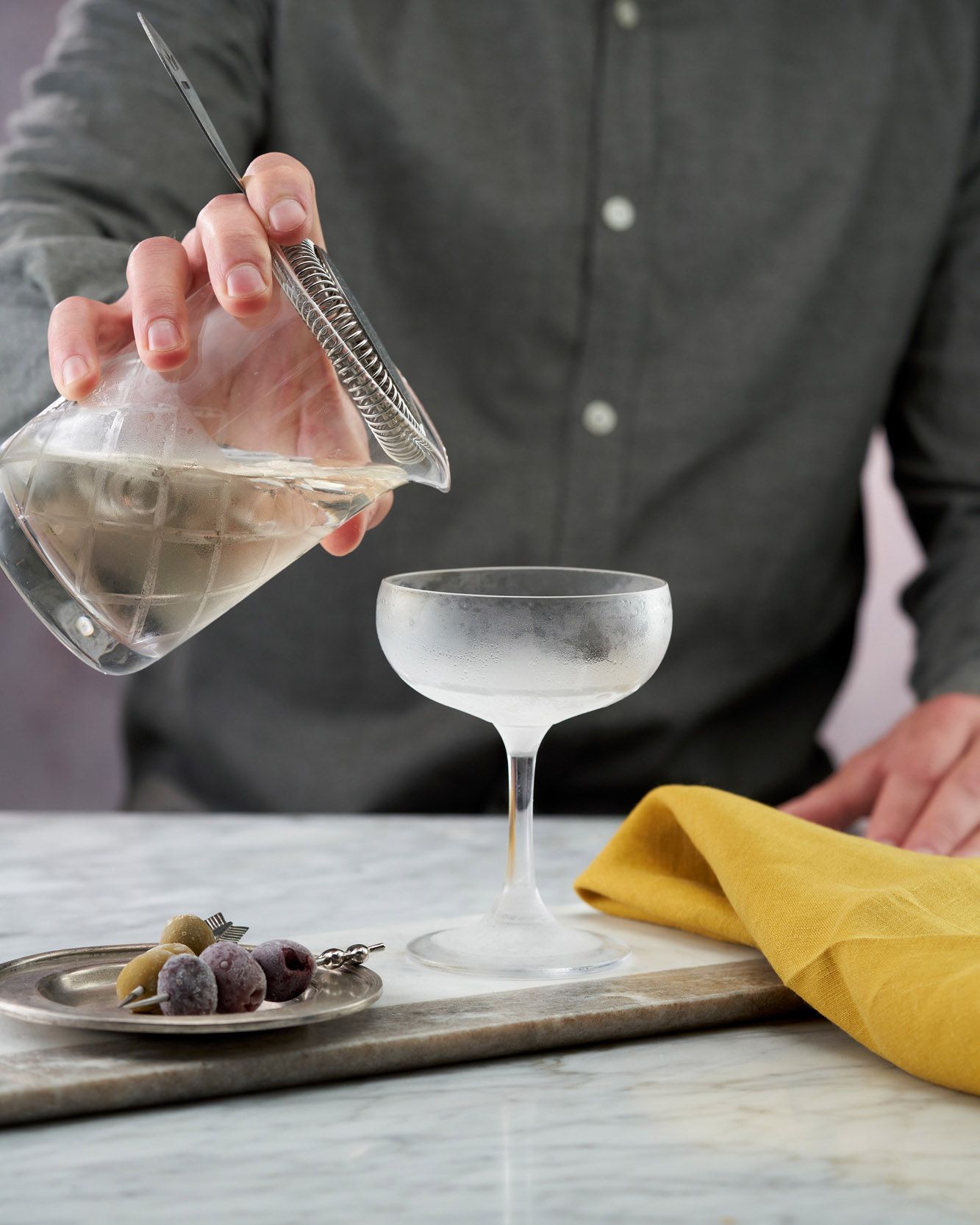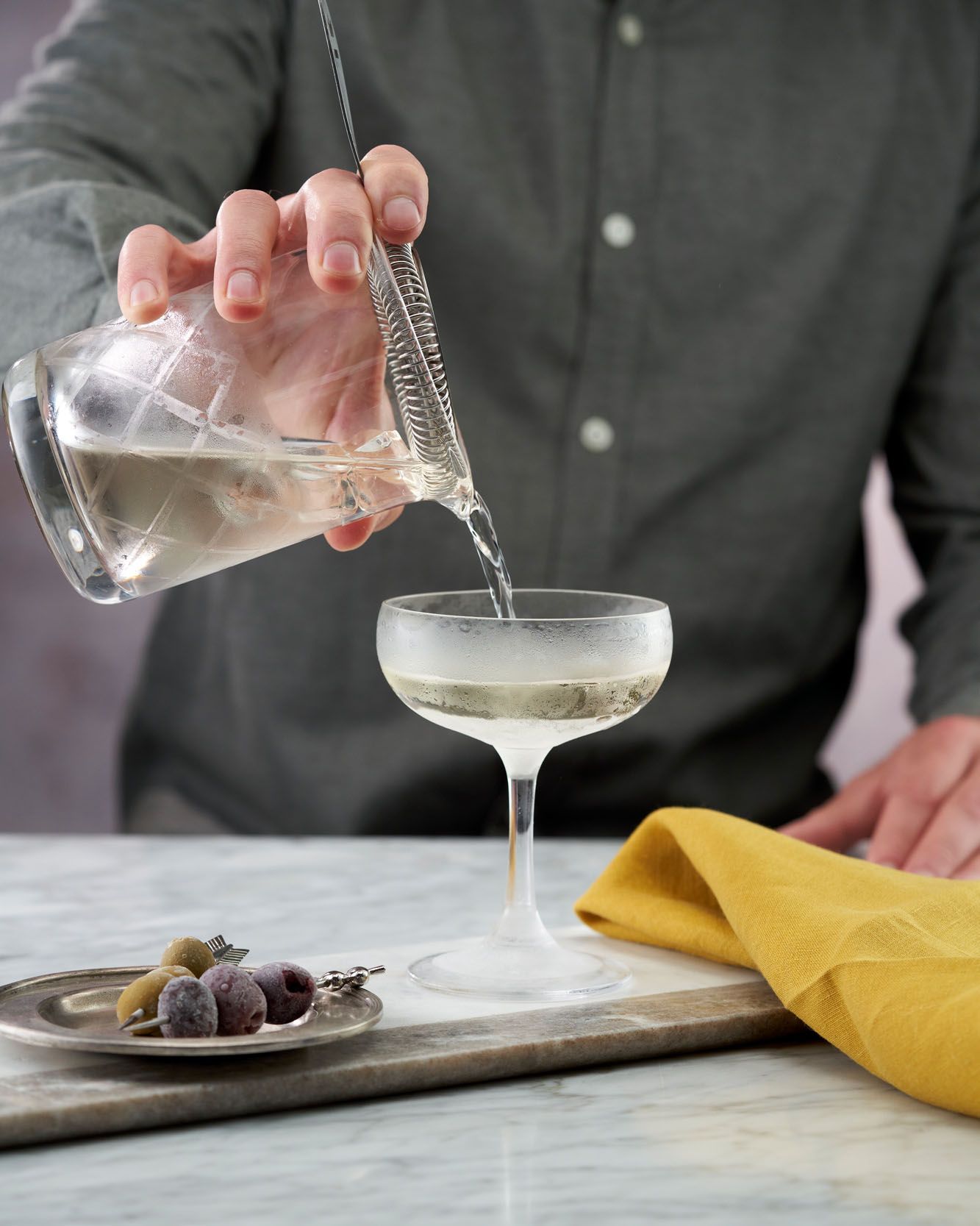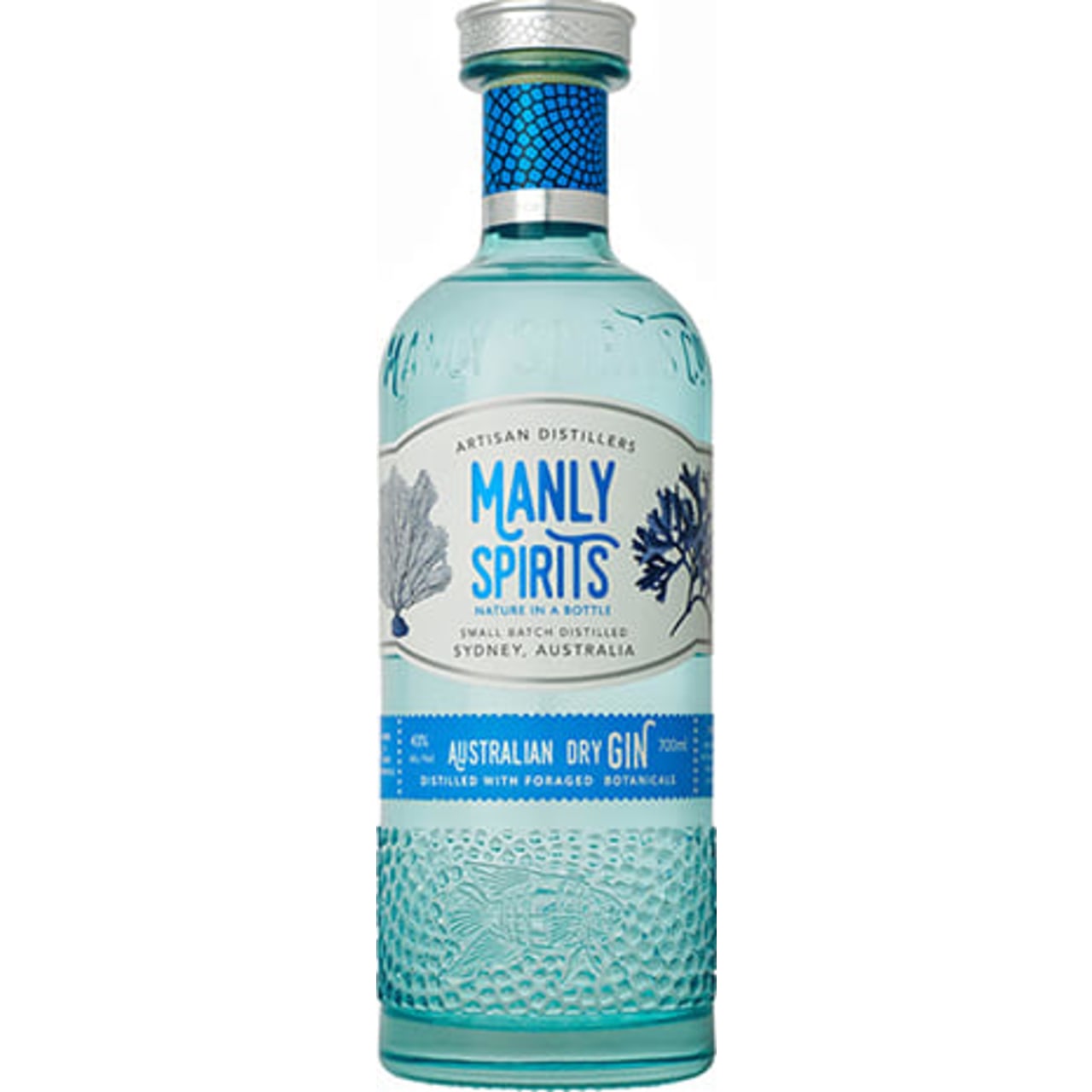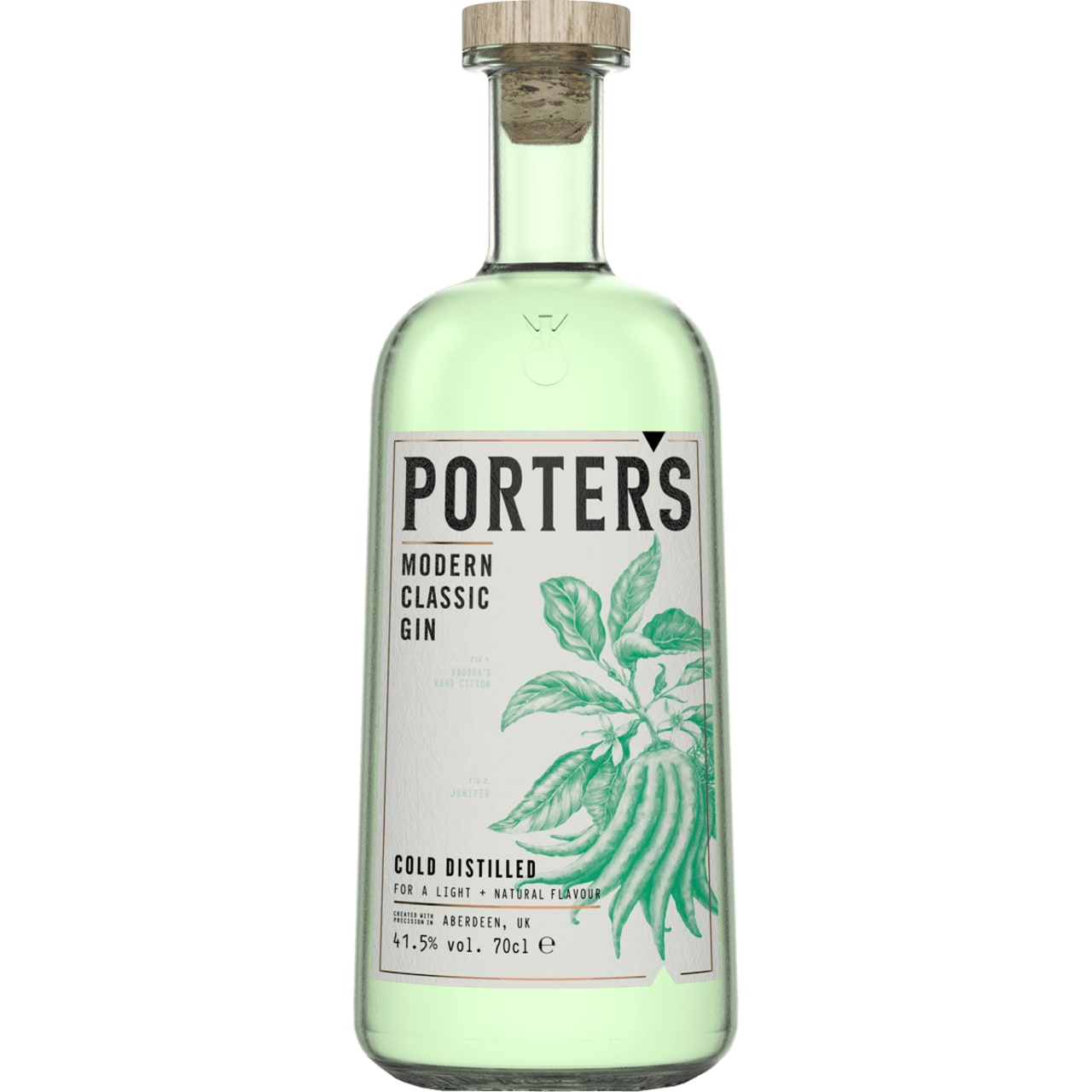Top Tips:
Good, cold ice and lots of it. If you have wet and slightly warm ice, you’ll over-dilute and under chill your drink. Lots of ice forces the drink to chill faster – so pack it in the mixing jar / shaker to ensure sufficient chill with just enough dilution. If you skimp on ice, you get a watery limp attempt at a cocktail.
Start off by stirring your Martinis before giving shaking a go, once you know how you like it. It’s easier to replicate and achieve consistency when stirring as you can see what is going on. It’s not a question of what is better or worse, that is up to personal taste. Once you know what ratio of gin to vermouth you like, try other techniques and keep tinkering!
Personal taste, choice of gin, vermouth and garnish allows for so much variety even if the ratios are set. Don’t be afraid to experiment in order to obtain a kind of gin Martini that best suits your taste buds.
Always try to make sure the glass is chilled. Ideally, it’ll come straight from the freezer (pouring a perfectly mixed Martini into a warm glass will spoil everything). The final essential: your ingredients should be of high-quality. Since the drink is so simple, you’ll taste a lower quality ingredient instantly.


History/Origins:
An emblem of style and sophistication, the Martini has come to symbolise much more than just a cocktail. It’s more than an option to pick come gin o’clock – it’s the reference drink for cocktail culture and possibly, the most famous of all cocktails across all categories.
The Mojito, Cosmopolitans, the Gin & Tonic - there are only few cocktails that transcend drinks and none have captivated generations in the way the Martini has.
The history of the Martini has countless stories and although there are arguments pointing at different creators; all of them are impossible to verify with any certainty. There is however a common consensus that the Martini was most likely to have been invented in America. The rest written here is our understanding of its legacy, based on what we have read as opposed to hard facts that we can categorically prove.
We feel, the iconic cocktail’s history begins with a drink called the Martinez – which is also the name of a town in California which claims to be the geographical birthplace of the drink we now call the Martini. There is even a plaque in Martinez, California, that commemorates the birth of the Martini. It covers the story of Julio Richelieu’s bar in Martinez around the year 1870. Julio made a gin and vermouth concoction and dropped an olive into the drink before serving it to the customer. Allegedly, this was the birth of the Martini.
One of the oldest recipes can be found in The Bon Vivant’s Companion: Or How to Mix Drinks (1887). There are various other stories that are linked with the Martinez/Martini history and who created it – but no one can be sure which is true and you’ll find passionate supporters backing their claim to being the real deal. For example, many favour the theory that New York judiciary member Randolph Martine gave the drink its name. The theory lacks solid evidence, however many early listings of the Martini cocktail were found under the name ‘Martine’, as in Harry Johnson’s New and Improved Illustrated Bartender’s Manual and in the meeting agenda of the International Association of Bartenders conference in 1893, Chicago.
Others point to the Martini brand of vermouth available in New York since 1867 that is said to have influenced the name. One of the best recourses for further reading is Imbibe by David Wondrich, which includes a 6-page appendix dedicated to his extensive research and conclusions on all 4 of the above popular theories.
It’s hard to believe that there was a single “hey presto” moment however. History seldom makes it so easy so while we doubt it was one bartender at a specific bar – it’s our belief that the Martini evolved from the Martinez.
The transformation is an intriguing one too and worthy of some attention for those looking for inspiration to create their own twists on the classic serve. To begin with it was a different creature entirely: with 1:2 or even 1:1 parts gin and sweet (not dry) vermouth, as well as the addition of simple syrup or bitters. Clearly it was a much sweeter, less bracing beverage and ingredients like orange bitters remained a common ingredient until the 1940s. By the turn of the century however the ratio had started to lean more heavily towards the gin until it reached a point where gin was barely caressed with a touch of vermouth in what has become known as the Naked Martini.
If we fast-forward through decades of cocktail creativity, Prohibition, innovative bartenders, Hollywood and cunning marketing campaigns by Vermouth companies all the way to 2010, while the basic ingredients are commonly accepted, the perfect recipe for the Martini is still open to fierce debate. To quote Jason Wilson (author of Boozehound) “It is certainly more of a broad concept than a specific recipe”…


